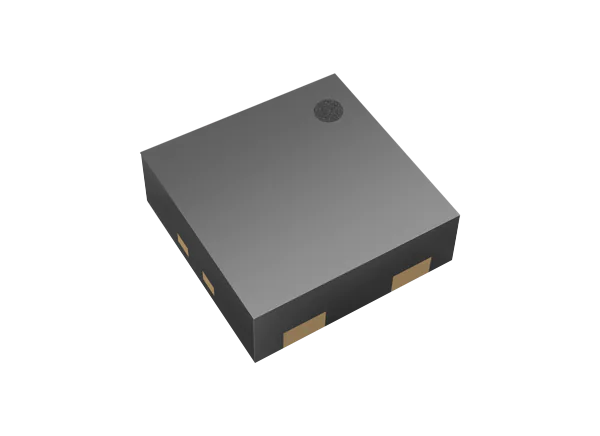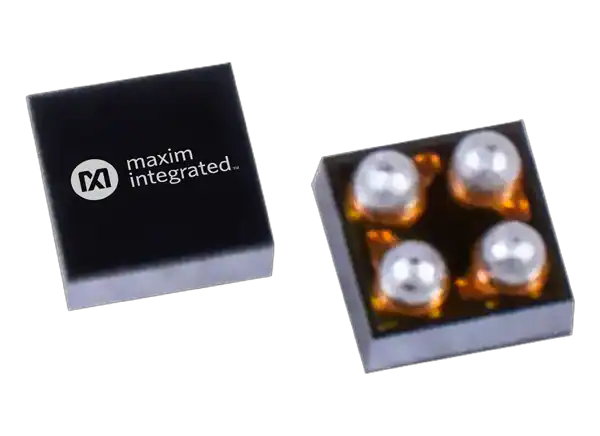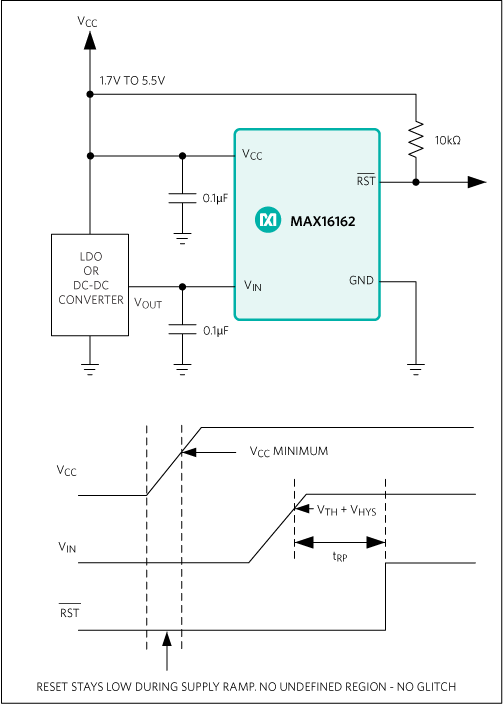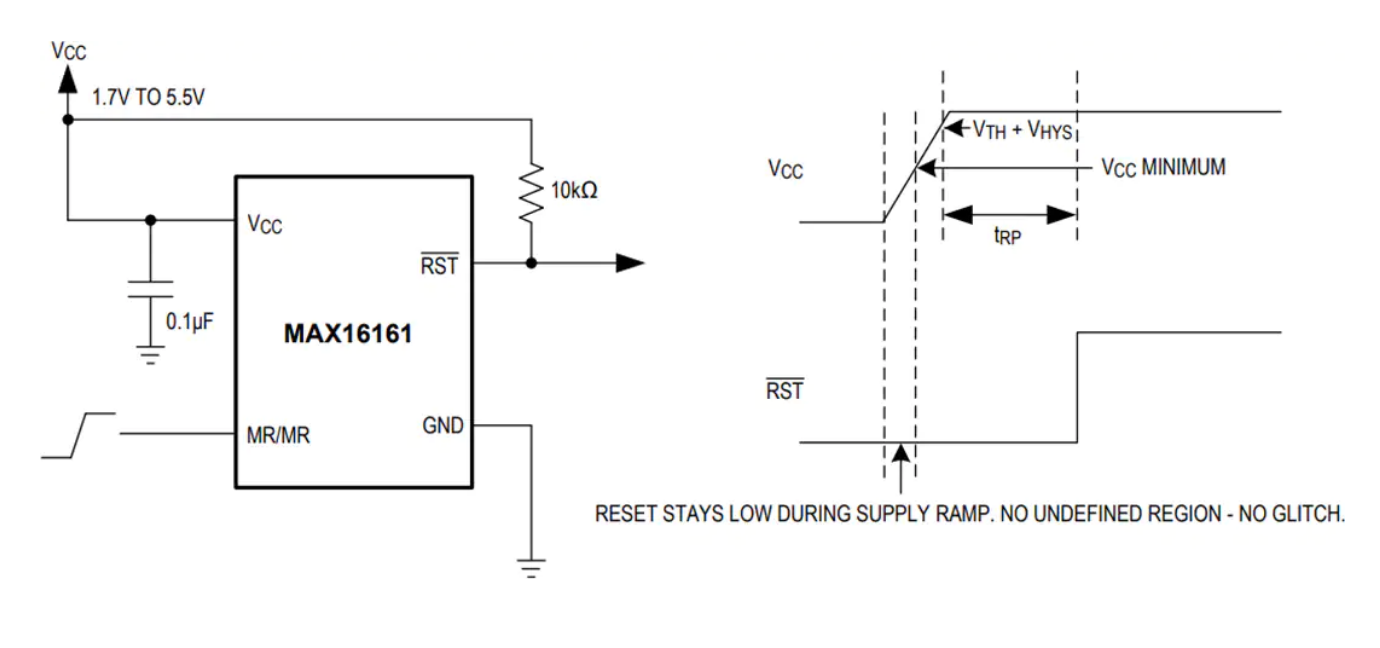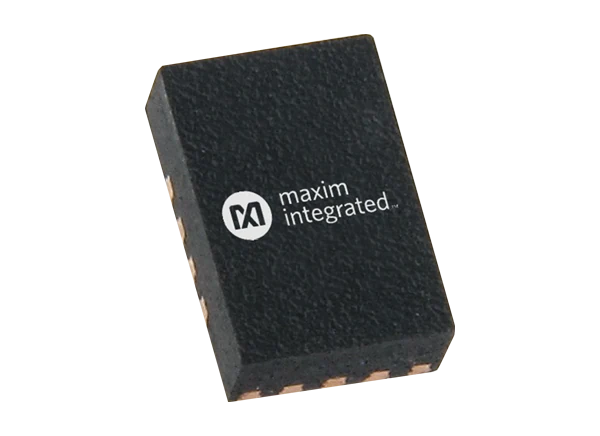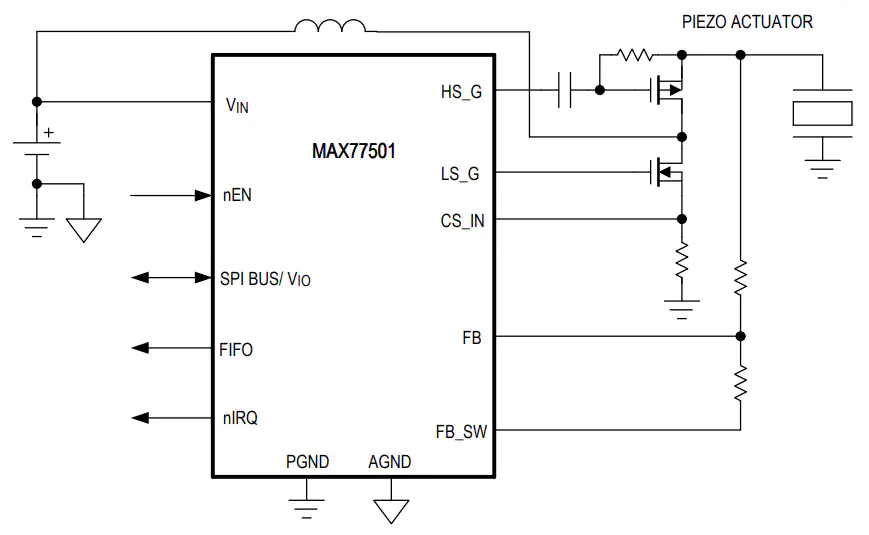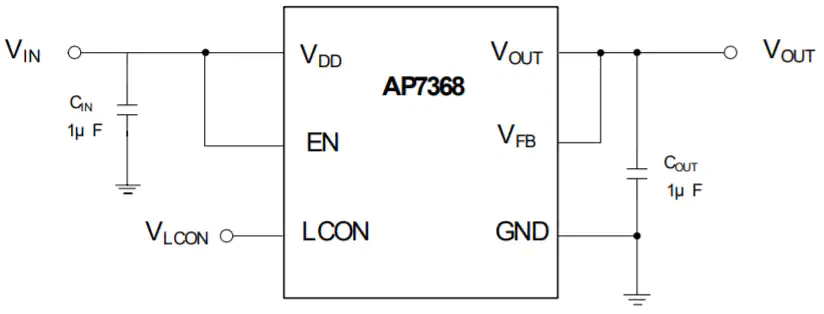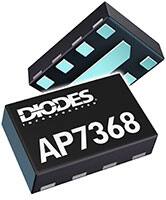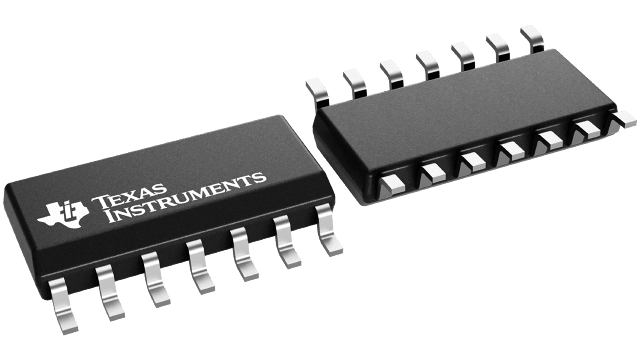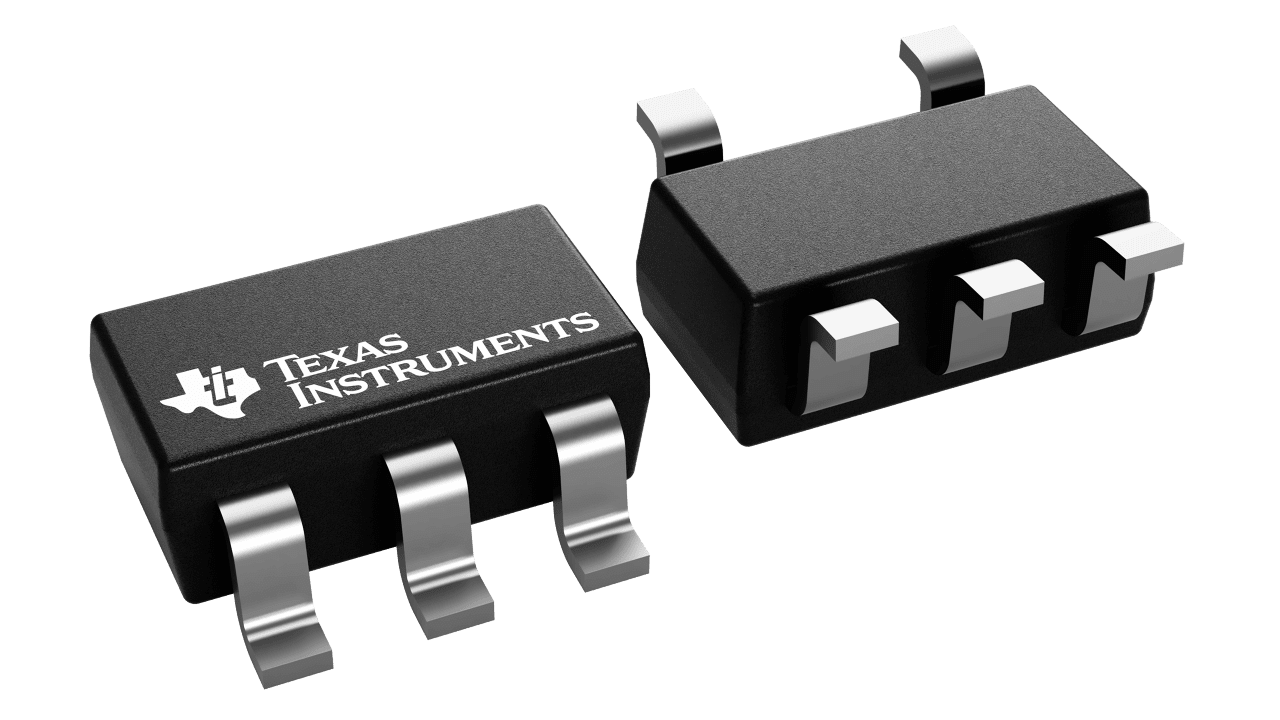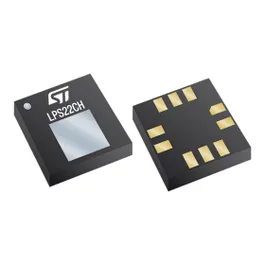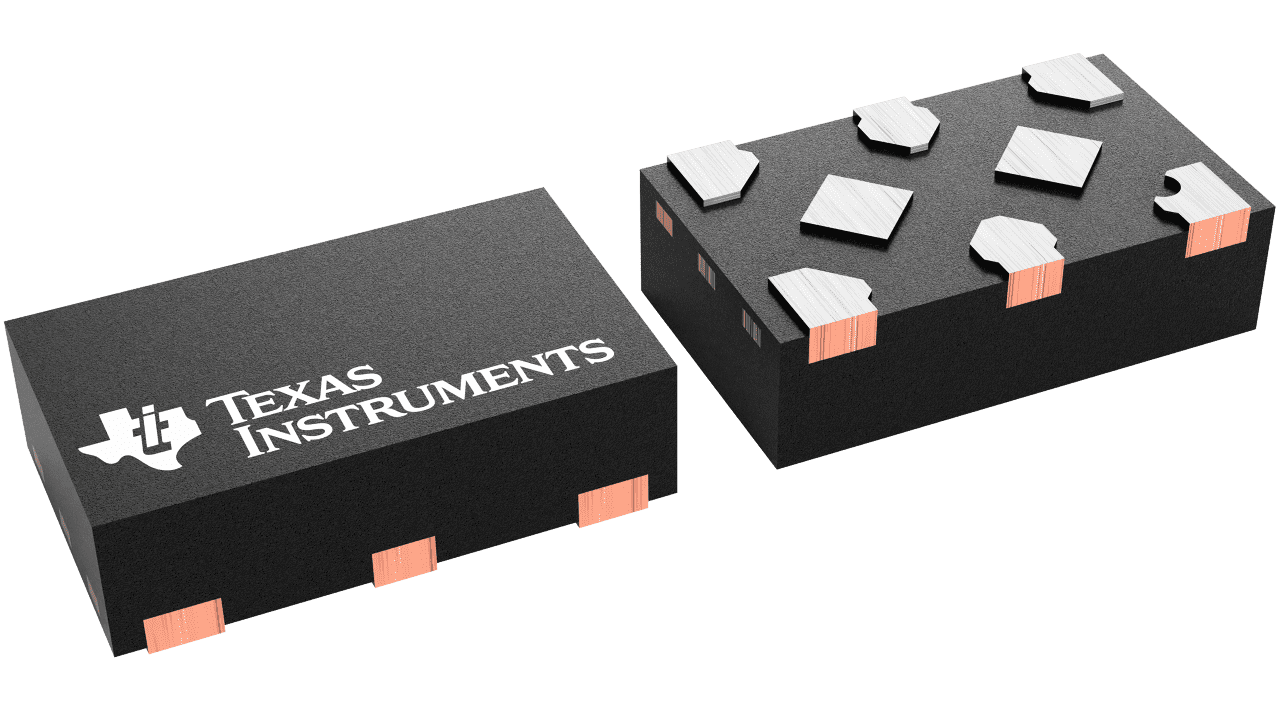iW-RainboW-G46M: The solderable i.MX 8XLite LGA System on Module is built on the OSM 1.0 Standard on a compact form factor of 30mm x 30mm while provisioning for 332 contacts. The module is AEC compliant and built for the next frontier of automotive and transportation solutions.
As the first i.MX Processor to include an on-chip V2X accelerator, while integrated with the V2X Optimized High Security Module (HSM) and Secure Hardware Extension (SHE), the i.MX 8XLite processor offers the required safety and performance required for Vehicle-to-Vehicle communication(V2V), Vehicle to Infrastructure (V2I) and Vehicle to Network (V2N) solutions.
The OSM Standard defines a standard for a system on module to be soldered on the carrier board as a solder-on module LGA package, by the replacement of board-to-board connectors. The main advantages of the OSM module include resistance to vibration, compact form factor with smallest pin to area ratio and provision for technology scalability. OSM Modules provide designers a solution with an ideal mix of scalability, form-factor, and cost.
Key Features of iW-RainboW-G46M
- MX 8XLite Solo/Dual
- 2GB LPDDR4 Memory (Expandable)
- 8GB eMMC Flash (Expandable)
- CAN Ports x 2
- RGMII x 1
- PCIe x 1
- GPIO x 15
- Size-SE: 30mm x 30mm
- AEC Grade
- -40°C to +125°C Operating Temperature
Featuring an array of high-speed interfaces such as Ethernet, PCIe Gen3, USB 2.0 and CAN Ports, the i.MX 8X Lite is a good fit for Industrial IoT, control and connectivity applications. With 2 x Cortex A-35 cores and 1 Cortex-M4 core powering the required low latency processing and data transmission, the processor is available in single and dual core variants.
“Integrating the powerful NXP i.MX 8XLite application processor in the solderable system on module form factor of the recent OSM Standard, the SoM can be a building block for compact connectivity devices.” said Ahmed Shameem M H, Hardware Project Lead at iWave Systems. “The AEC grade module is power-efficient and easily upgradable to power next-generation of connected mobility and smart city solutions.”
iWave also offers a development kit for the system on module to help customers accelerate their development and evaluation cycle. The system on module and the development kits are application-ready and integrated with all necessary software drivers and BSPs with software support of Ubuntu, Android, and Linux.
You can find more information on the i.MX 8X Lite based solderable System on Module at:
Learn More:
iWave Systems, is a global leader in the design and manufacturing of system on modules and single board computers. As a gold member of the NXP Partner Program, iWave enables companies with an extensive portfolio of i.MX embedded computing platforms.
For further information or inquiries, please write to mktg@iwavesystems.com.








